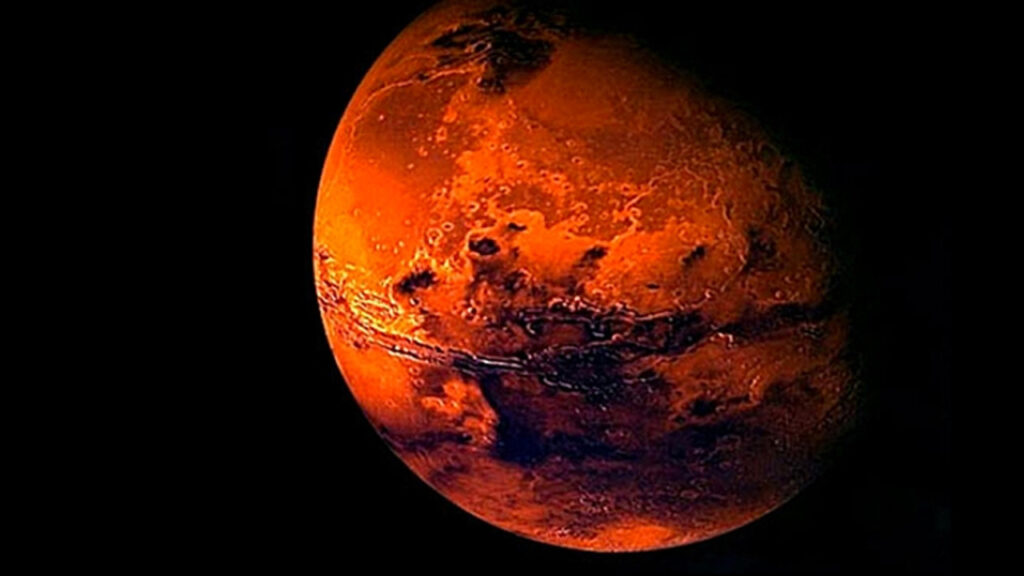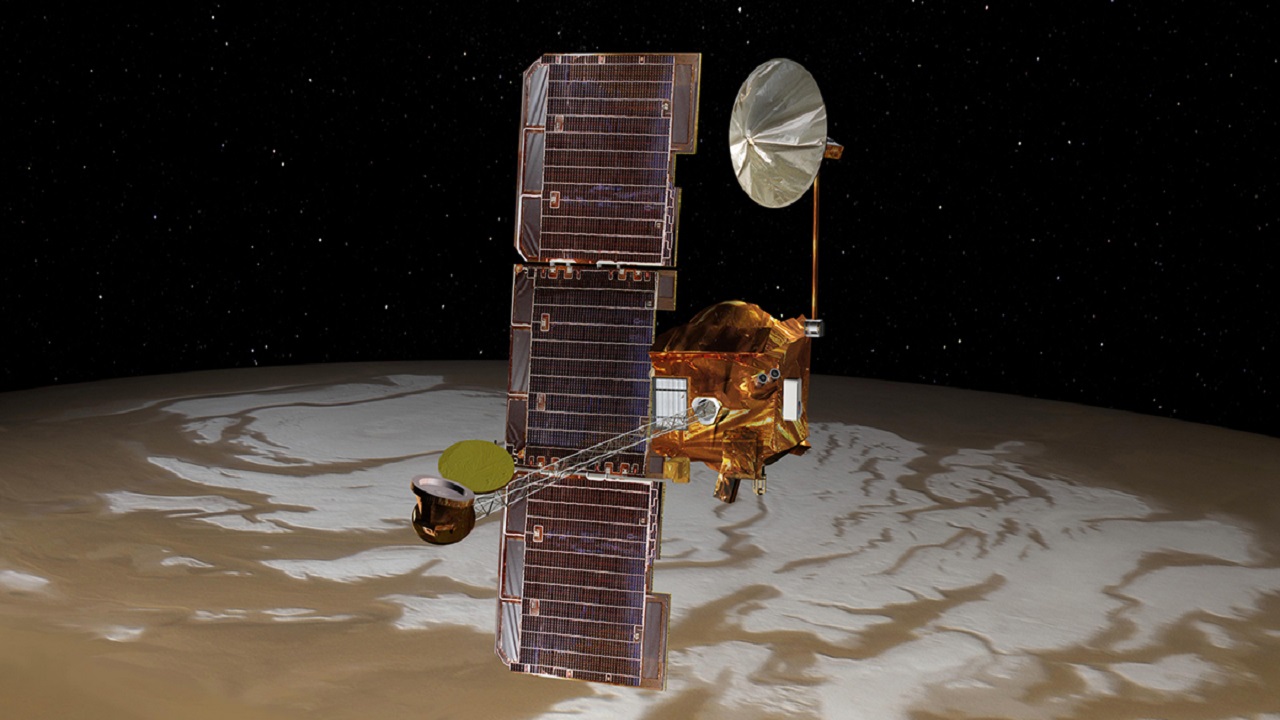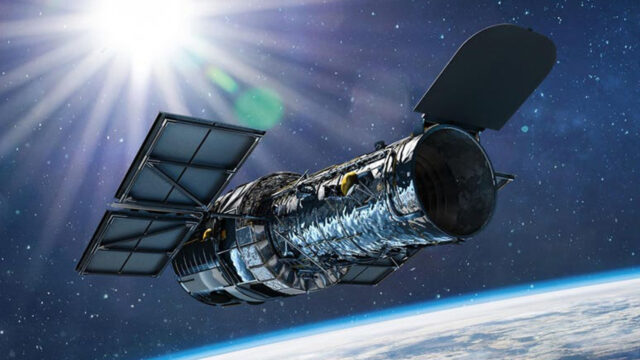There is news from Earth’s neighbor, the red planet Mars. NASA orbiter Mars Odysses spacecraft captured the planet’s cloud-filled horizon. It revealed unusual photos of Mars. Thanks to this image, scientists are one step closer to solving the secrets of Mars. Here are the details…
Odyssey spacecraft captured breathtaking images of the red planet Mars!
NASA’s Mars Odyssey spacecraft has been orbiting the planet since 2001. The spacecraft captured breathtaking images of the red planet. This spacecraft in orbit plays a role in operations lasting more than 20 years.

The orbiter made important discoveries, including some of the first detections of subsurface ice on the planet. It also created a global map of the planet’s surface using the Thermal Emission Imaging System (THEMIS) instrument.
Jonathon Hill of Arizona State University manages operations of the Mars spacecraft Odyssey’s THEMIS camera. In his statement, Hill said; “If there were astronauts orbiting Mars, this is the perspective they would have. No Mars spacecraft has ever had this kind of view before.” said.
The THEMIS instrument is used to capture this image from approximately 250 miles above the planet’s surface. The spacecraft took a series of 10 images showing the planet’s horizon from beneath the cloud layer. This was a task that took months and planning to accomplish. The biggest challenge in capturing this image was dealing with the THEMIS camera, which is mounted on the spacecraft and points directly towards the surface. However, the team managed to overcome every challenge.
The Mars spacecraft Odyssey endured all these challenges to capture a better view of the atmosphere, which includes layers of clouds and dust. For these images, the spacecraft had to roll sideways while keeping its solar panels pointed toward the sun. To get into the correct position, the spacecraft’s communications antenna had to be pointed away from Earth. For this reason, the team’s communication with the vehicle was lost throughout the maneuver.
“I think of it as watching a slice, a cross-section, of the atmosphere. There’s a lot of detail that you can’t see from above. That’s how THEMIS normally makes these measurements,” said Jeffrey Plaut, Odyssey’s project scientist at NASA’s Jet Propulsion Laboratory. said.
The spacecraft spent the entire orbit turning sideways. The Odyssey spacecraft didn’t just take images of Mars. Other details were included in his frame. During this time, the spacecraft managed to capture images of Phobos, one of Mars’ two small moons.














